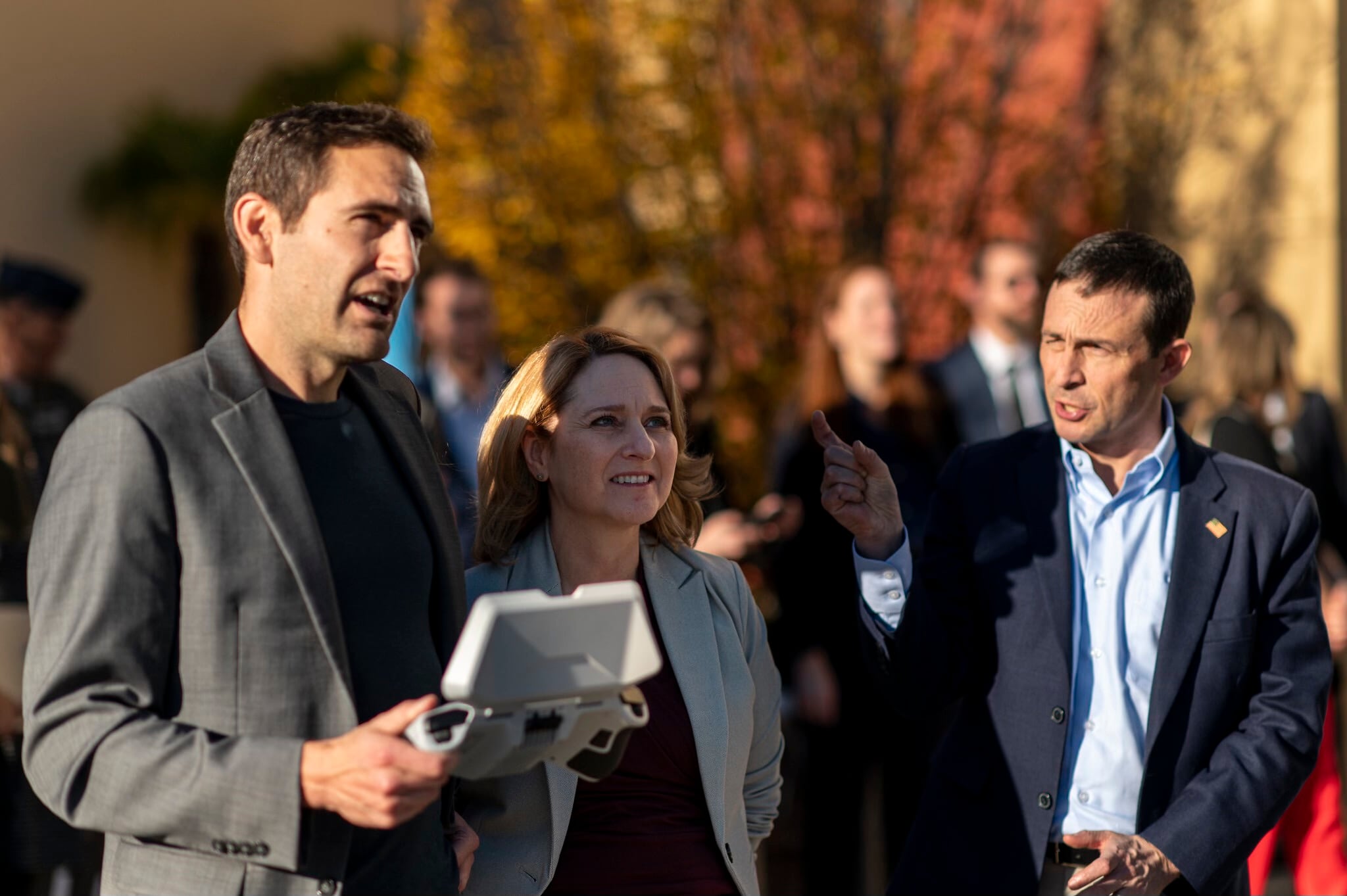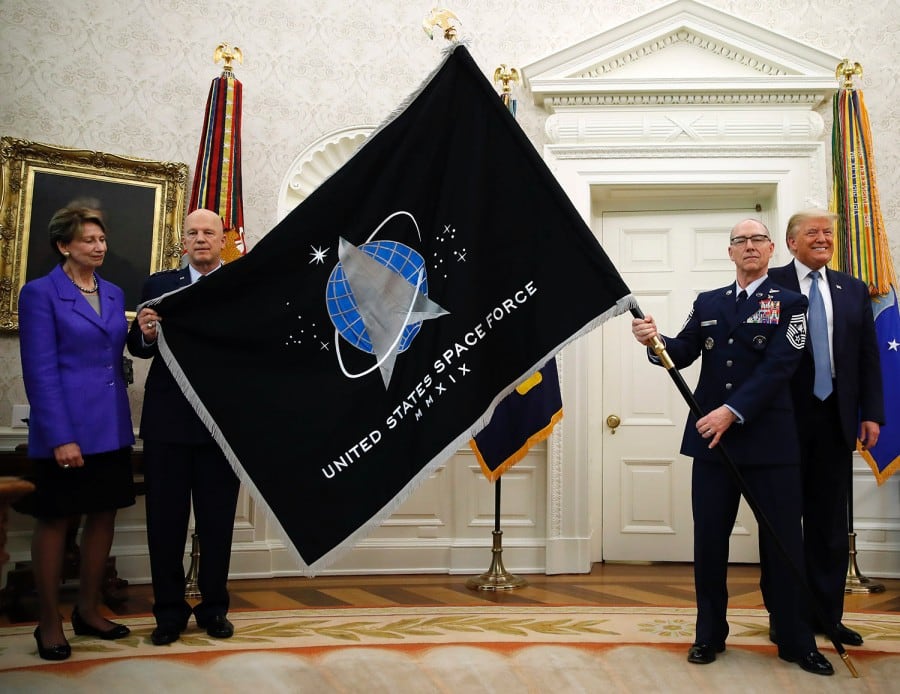With the increased discussion about the growing threat from cyber weapons, the question of cyber as a first strike capability has resurfaced once again.
Could the U.S. launch a cyber first strike to disrupt or prevent a rogue nation-state or non-state actors from launching a nuclear weapon? That question is quickly followed up by whether the U.S. could launch a cyberattack and destroy or divert a nuclear weapon that has been launched. Those are very interesting questions and highly desirable capabilities.
When considering those questions one has to wonder if an adversary could do that to the U.S. nuclear capabilities – virtually disarming the country when it comes to our nuclear capability. The good news and bad news: Many of these weapons systems were built decades ago well before cyberwarfare burst on to the scene. Who can forget the recent report that many of our critical systems still use floppy disks (and not the 3.5 to 5.25-inch disks you might be thinking about from the 1980s and 1990s)? Most, if not all, are isolated from the internet. The bad news: Perhaps it is time for an update.
Cyber as a first strike to disrupt an adversaries’ ability to sense kinetic methods of attack and physical activities would provide a strategic advantage for sure. However, Adm. Mike Rogers, chief of the National Security Agency and commander of U.S. Cyber Command, points out, "First strike is a policy question." One has to wonder if this questions has been answered and what the answer is.
If you missed his speech at the National Press Club on July 14last week, it is well worth your time. After a few of us viewed his speech I was asked if I had one questions for Adm. Rogers what would it be? After some thought here is the one question that I would like to hear Rogers' response to ask that he could answer in an open setting: What in your mind can/should the average computer, smartphone or tablet business and personal user do to help national cybersecurity?






